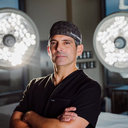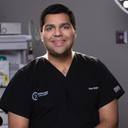I have breathing problems and snoring because I have kind of a flat nose and was told that rhinoplasty surgery can correct this. But I am afraid that if I have surgery it is going to make me look a lot different.
Answers (29)
From board-certified doctors and trusted medical professionals
More Rhinoplasty Questions
See all Rhinoplasty Q&AWE SEND PRETTY
EMAILS
What’s trending? Who’s turning heads? Which TikTok myths need busting? We’ve got you. No fluff, no gatekeeping—just real talk. Get our free, unfiltered newsletter.









